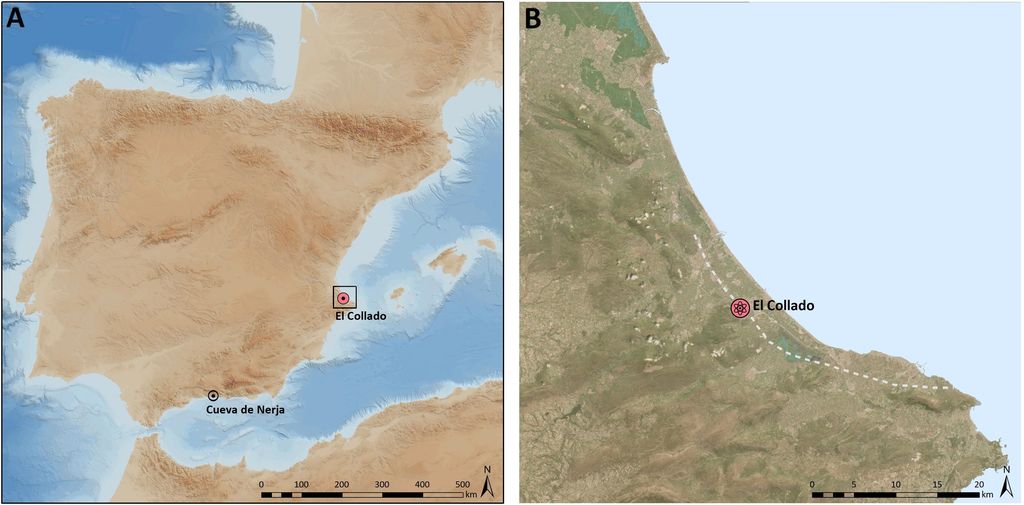
Mediterranean hunter-gatherers also ate fish
Compared to the Atlantic and the Baltic, the Mediterranean Sea was not the primary source of sustenance for the Mesolithic population, according to studies conducted so far on the paleo diet of the ancient inhabitants.
New international research carried out by Maria Fontanals-Coll and Oliver E. Craig of the Department of Archaeology at the University of York, in collaboration with, among others, the Department of Environmental Biology of Sapienza University of Rome, shows instead that individuals living on the Mediterranean coast may have relied on aquatic resources as early as 9,500 years ago, during the Mesolithic period. The work, published in the journal Proceedings of the Royal Society B, was funded by the Marie Skłodowska-Curie European project NEOMEDIS and the ERC ANCESTORS funds, of which Mary Anne Tafuri of Sapienza University is the representative.
Researchers analysed the isotopic compositions of amino acids extracted from the bones of eleven human individuals from the ancient Mesolithic cemetery El Collado, near Valencia, Spain. This innovative biomolecular technique allows greater accuracy in discriminating between terrestrial and aquatic resources, which is crucial for assessing dietary changes associated with introducing domesticated plants and animals at the beginning of agriculture.
"For the second time," says researcher Silvia Soncin of the Department of Environmental Biology of Sapienza University of Rome, "we show that the CSIA-AA methodology is beneficial for studying past eating habits, especially in the Mediterranean. In this context, the more classical stable isotope analysis of collagen is not conclusive enough to discriminate the contribution of fish, which is essential for understanding ancient economies. Thanks to CSIA-AA, we can now move forward".
The results challenge the traditional view that for prehistoric hunter-gatherers, the fishing industry was scarcely productive compared to their Atlantic counterparts, showing instead that these individuals who lived around 9,500 and 8,500 years ago had a strongly coastal-oriented economy that included a considerable amount of aquatic resources, such as brackish water fish and crustaceans.
In addition, they allow a more accurate reconstruction of the paleo diet and part of the geographical environment and ecosystem of hominids. The direction is to arrive at a knowledge of the eating habits of prehistoric individuals such that they can be quantitatively compared with those of modern populations, where the nutritional and health implications are already well explored.
References:
Stable isotope analyses of amino acids reveal the importance of aquatic resources to Mediterranean coastal hunter–gatherers - Maria Fontanals-Coll, Silvia Soncin, Helen M. Talbot, Matthew von Tersch, Juan F. Gibaja, André C. Colonese and Oliver E. Craig - Proc. R. Soc. B 290:20221330. https://doi.org/10.1098/rspb.2022.1330
Further Information
Silvia Soncin
Department of Environmental Biology
silvia.soncin@uniroma1.it
